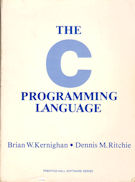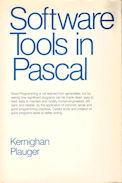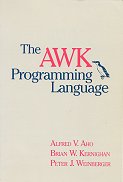Modern programming techniques such as structured programming and top-down design are emphasized and applied to every program. The programs are presented in a structured language called Ratfor (“Rational Fortran”) which can be easily understood by anyone familiar with Fortran, PL/l, Algol, PASCAL, or similar languages. (Ratfor translates readily into Fortran or PL/1. One of the tools presented is a preprocessor to translate Ratfor into Fortran). All of the programs are complete and have been tested directly from the text. The programs are available in machine-readable form from Addison-Wesley.
Software Tools is ideal for use in a “software engineering” course, for a second course in programming, or as a supplement in any programming course. All programmers, professional and student, will find the book invaluable as a source of proven, useful programs for reading and study. Numerous exercises are provided to test comprehension and to extend the concepts presented in the text.






